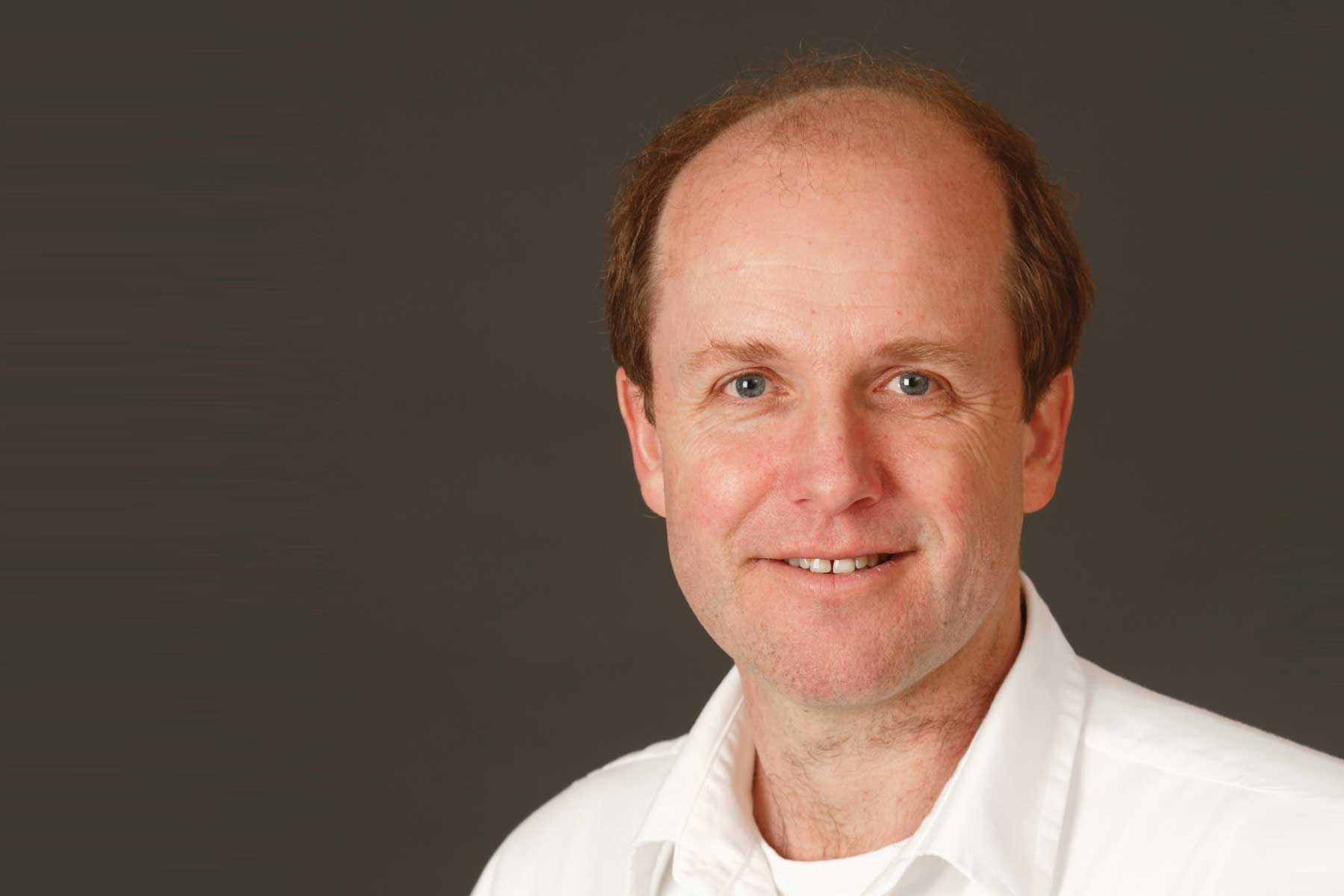USC dentistry professor elected fellow of the American Academy for the Advancement of Science

Posted
21 Nov 16
Michael Paine honored for his distinguished contributions to the field of biomineralization.
Ostrow faculty member Michael Paine PERIO ’99 has been elected an American Association for the Advancement of Science (AAAS) Fellow, joining four other Trojans to earn the distinction this year.
Paine’s election places him in the esteemed company of individuals “whose efforts on behalf of the advancement of science or its applications are scientifically or socially distinguished,” according to a letter notifying Paine of the honor.
Paine was honored for his distinguished contributions to the field of biomineralization, for identifying protein-to-protein self assembly and linking systemic disease of solute transport to enamel formation.
“Its a great honor,” Paine said. “Anyone recognized through AAAS has probably had a fairly solid career, and it really means a lot to me.”
The AAAS began electing fellows in 1874, with several USC dental faculty members having earned the distinction, including Yang Chai PhD ’91, DDS ’96; Michael Melnick, Harold Slavkin ’61, DDS ’65 and Malcolm Snead, according to the AAAS Elected Fellows list.
“I am absolutely thrilled about this news and congratulate Dr. Michael Paine on joining an elite group of scientists as elected fellows of the AAAS. It is a well-deserved recognition,” said Chai, Ostrow’s associate dean of research and director of the Center for Craniofacial Molecular Biology (CCMB). “More importantly, this is a strong endorsement for our academic program at the Herman Ostrow School of Dentistry of USC.”
Investigating body’s hardest tissue
Paine joined Ostrow as a research associate at CCMB in 1994.
In 1999, he finished his periodontology certificate program and became an Ostrow faculty member.
His research interests remain firmly grounded in understanding the fundamental biology of enamel formation.
In the past two decades, Paine has published nearly 80 papers on enamel formation, striving to add insight into the biological process responsible for producing the human body’s hardest material.
Because enamel does not have a blood supply, it cannot regenerate or repair itself on its own. Understanding the processes that lead to its development could effect revolutionary changes in how dentists treat erosion, caries or even trauma that impacts enamel, Paine explained.
Since 2000, he has enjoyed continuous funding from the National Institute of Dental Craniofacial Research to continue his research pursuits at CCMB.
The awarding organization, the AAAS, is the world’s largest multidisciplinary scientific society, with members in more than 91 countries around the globe. It is the publisher of the Science family of journals.
With the addition of this year’s five Trojan fellows, there are more than 40 active fellows of the AAAS at USC.
Related:
5 USC PROFESSORS NAMED FELLOWS OF PRESTIGIOUS SCIENCE ORGANIZATION (USC News)